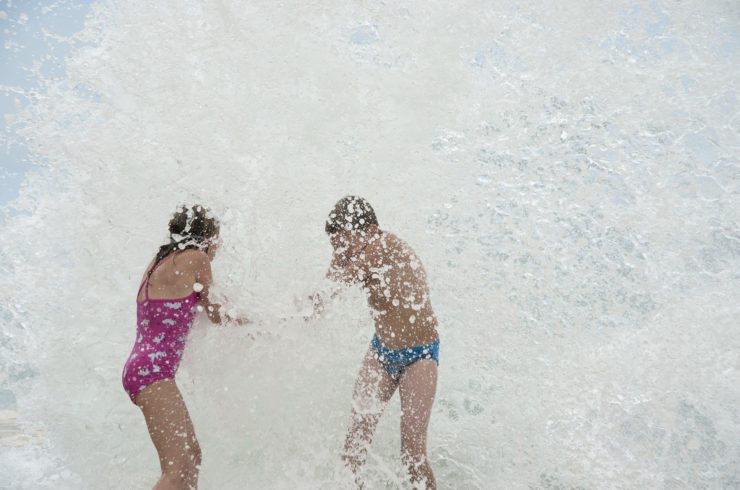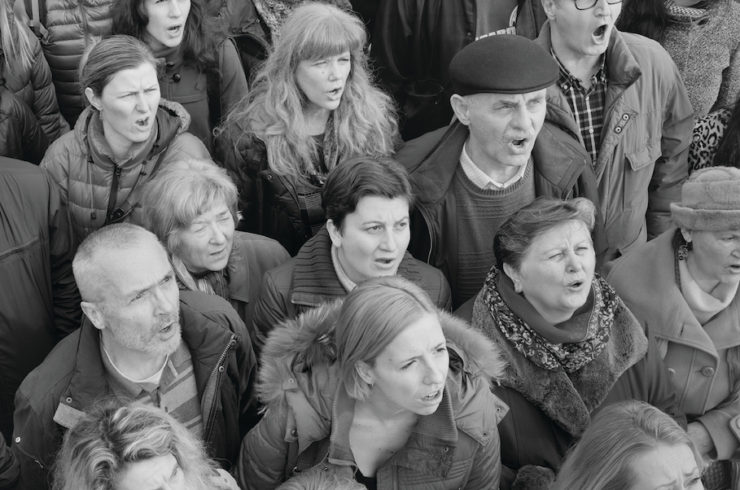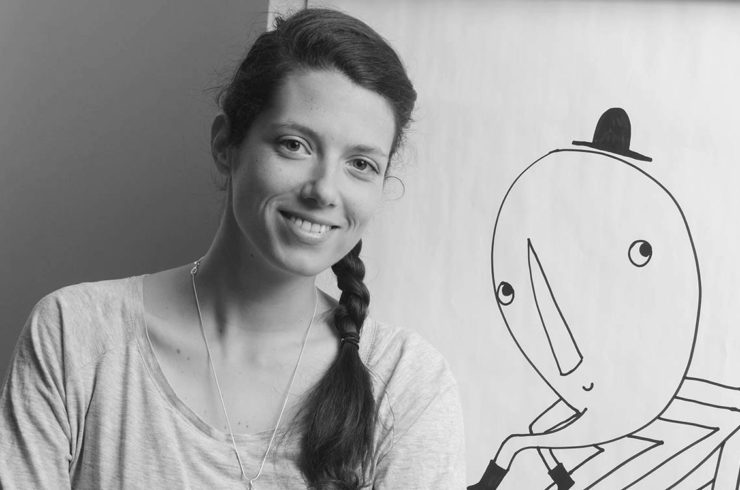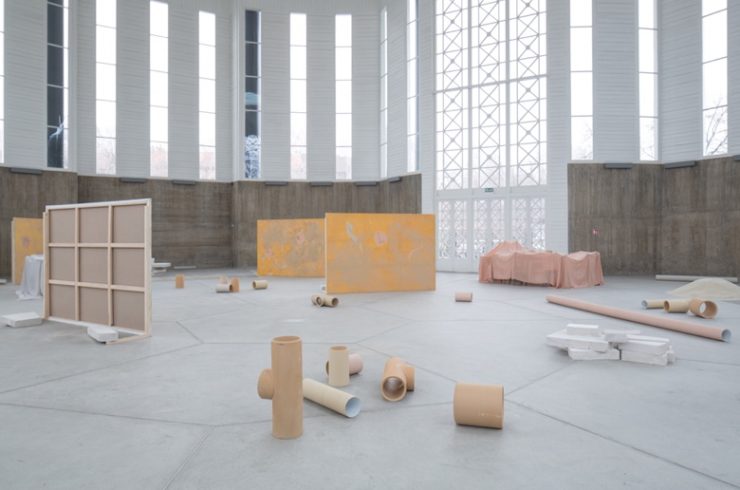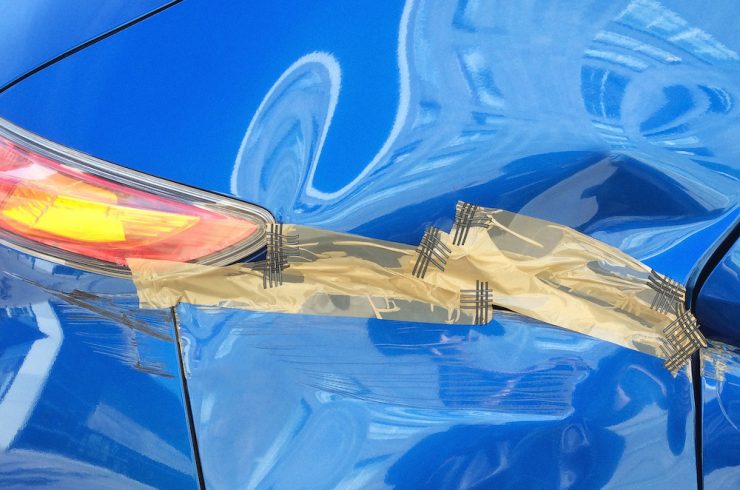Art
Dino Zrnec on reinterpreting the elements of painting
Artist Dino Zrnec seeks new ways to use traditional painting materials like oil paint and canvas. He has, for example, primed the backside of canvases with a chalky white pigment that cracks once dry, allowing subsequent layers of paint to bleed through to the front. In another series, he placed plastic tumblers filled with paint and turpentine on canvases – the turpentine dissolved the tumblers, letting the paint bleed freely into the canvas.
Zrnec is exhibiting at Kunsthaus Graz until November 16, 2014 and is planning to participate in Notes on Undoing, an exhibition organized by Ikon Arts Foundation at Garis & Hahn in New York later this fall. He recently took time out from his creative practice to tell us more about his interest in the process of painting.
Can you tell us a bit about how you developed your approach?
Right after finishing the art academy, [I had] many questions, and my early work contained all of these questions at one time. They concerned my own heritage, my position within it, and how to best approach the medium of painting. I realized very quickly that I had reached an end point with figurative work, because through it, I could not develop a focus on any procedural aspects of painting. Like many other painters whose work I enjoy, applying color onto a surface and the things that then come into play are enough. I don’t need to charge my painting with various meanings because painting functions very well within its own universe.
What sparked your interest in the basic elements of painting? And in painting the backside of the canvas?
I think it was realizing that a space existed, or a moment, where I could not see the outcomes of controlling my process – a moment of chance. It’s much more fun to work in a way where you don’t precisely know how it will turn out at the end. Even though I have a sort of structure around my own working method, there is also a certain degree where I would like to control how the work will develop. To work with the basic elements of painting in my practice means to give attention to how each material can be used for a specific work. How to place a work within a space becomes just as key to the work itself.
One example is how the details of the exhibition space communicate with the specific spatial qualities of the work. In recent paintings I have tried to highlight existing formal structures within painting. The stretcher belongs to the canvas. The stretcher and canvas are two basic elements of painting that are pointed out through marks and processes, in one case by rubbing canvas against the stretcher crosses beneath the canvas, or in other by over-priming and overstretching canvas until it cracks and allows the pigment to bleed through to the other side of the canvas.
How intuitive is your process?
Marks are either dictated by the materials, support, surface, tools or reference to those materials. At the beginning of each work or series, I don’t have a specific plan. Everything starts at random, with more or less concentration on what is happening, and then at some stage it becomes more intense and more complicated. Sometimes, while doing a series of work for a specific exhibition, previously discarded works or ideas return. Works that lie folded in the corner of my studio, that were meant to be stored in my depot or even thrown away, often become equally important as those receiving all the attention.
Are there any influences reflected in your work?
There are so many artists whose work I admire that it’s hard to point out any specific one. Still, lately I enjoy looking at Simon Hantaï and Ivan Kožarić’s work.
What’s next for your work?
I will remain very interested and busy working through some of these recent ideas. To work on one series of work always opens up something new that may attract my attention … that is the moment of making that I am always looking forward to. There is a sort of line in procedural painting where one series of work reflects or comes naturally after the previous series.
Interview by Elaine Ritchel




